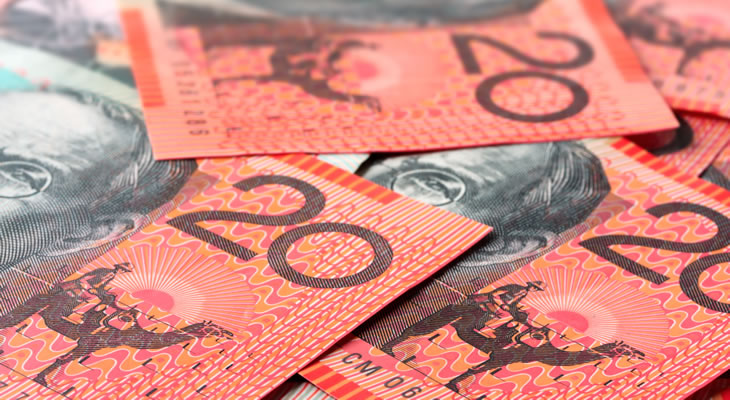The GBP AUD exchange rate attempted to recover throughout Thursday’s session, but lacked the drive to sustain much value as Sterling continued to lack any real support in markets. GBP AUD floundered at around 1.61 on Thursday afternoon, but has been able to hold above Tuesday night’s 2016 low of 1.60.
Pound Limp as Headlines Dominated by Weak GBP’s Effect on Branded Products
Thursday’s UK data failed to affect Pound exchange rates, despite RICS’ September house price balance report beating expectations of 14% and improving from 13% to 17%.
Markets were instead focused on news that Sterling’s low value had seemingly had a direct effect on the average British consumer for the first time since the Brexit vote in June.
Wednesday saw a row emerge between retail chain Tesco and supplier Unilever, as Sterling’s low value prompted Unilever to raise product prices. As a result, Tesco has made many of these products unavailable on its online store.
Analysts have suggested this is just the beginning, with other products and services predicted to be affected by the currency’s plunge in value in the coming months.
Australian Dollar (AUD) Demand Held Back by Poor Chinese Trade
The risky Australian Dollar experienced a drop in demand on Thursday after trending sturdily for most of the week, as Chinese data published during the Asian session came in well below expectations.
As China is Australia’s biggest trade partner, Chinese trade data often dictates Australian market sentiment. Chinese exports came in surprisingly poorly, at -10% year-on-year, but imports also fell by -1.9% on the year.
China’s trade balance plummeted from US$52.05b to $41.99b. However, iron ore-correlated ‘Aussie’ losses were softened slightly by news that China’s iron ore imports had hit their second highest results on record.
GBP AUD Exchange Rate Forecast: RBA Financial Stability Report Ahead
Friday’s Asian session will see the publication of the Reserve Bank of Australia’s (RBA) latest financial stability review.
While this is typically a low influence report, investors are hoping to find clarification on recent rumours that the RBA could still cut interest rates in 2017, despite recent indications that its easing bias was over for the foreseeable future.
Friday will also see the publication of Britain’s August construction output SA results, which may be too low-influence to cause any real Sterling movement.
Instead, GBP AUD is likely to end the week lower as ‘hard Brexit’ concerns continue to limit Sterling’s recovery potential. Rather, next week’s UK Consumer Price Index (CPI) scores are more likely to influence GBP AUD movement.
At the time of writing, the GBP AUD exchange rate trended at around 1.61, while the AUD GBP exchange rate trended in the region of 0.61.


Comments are closed.